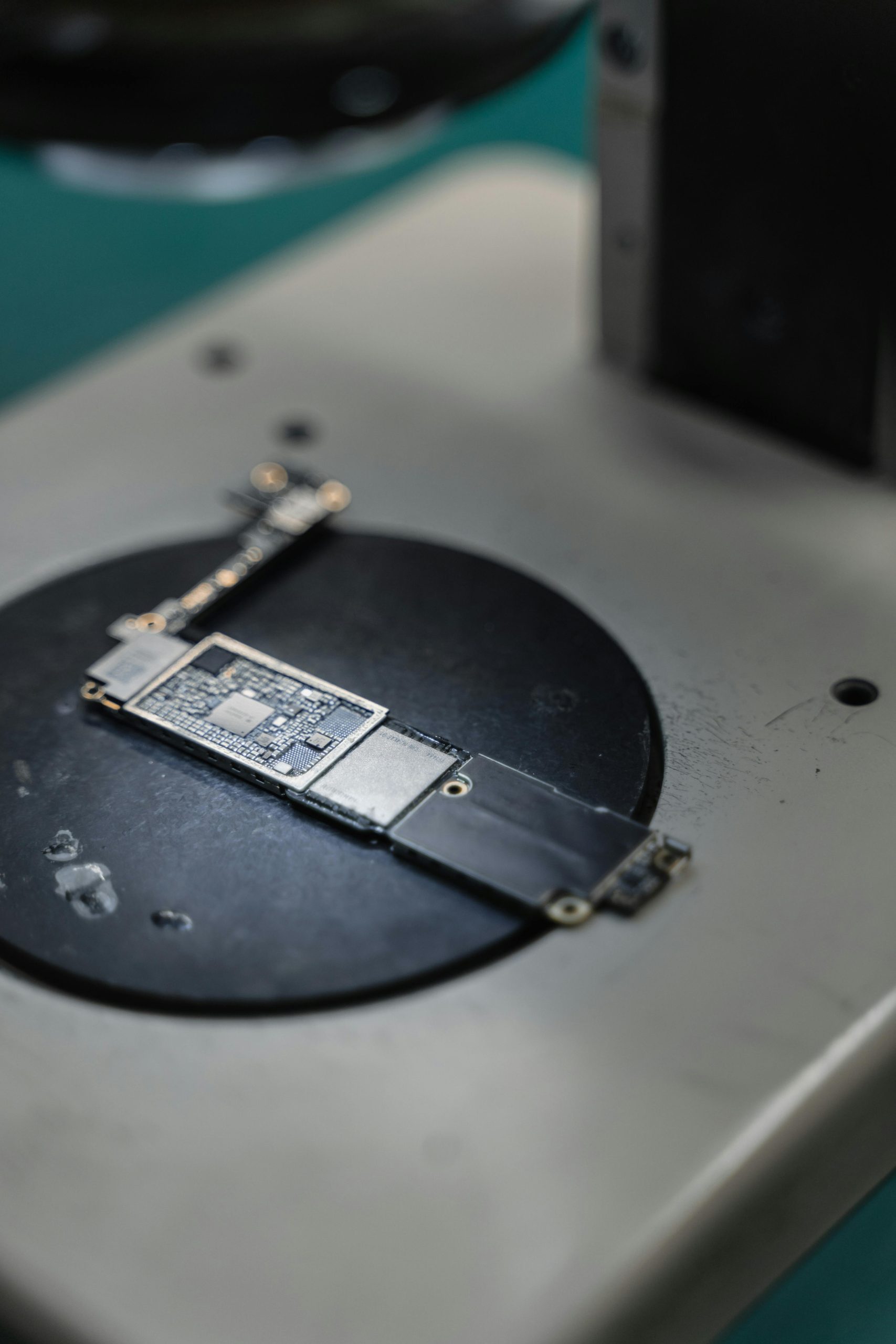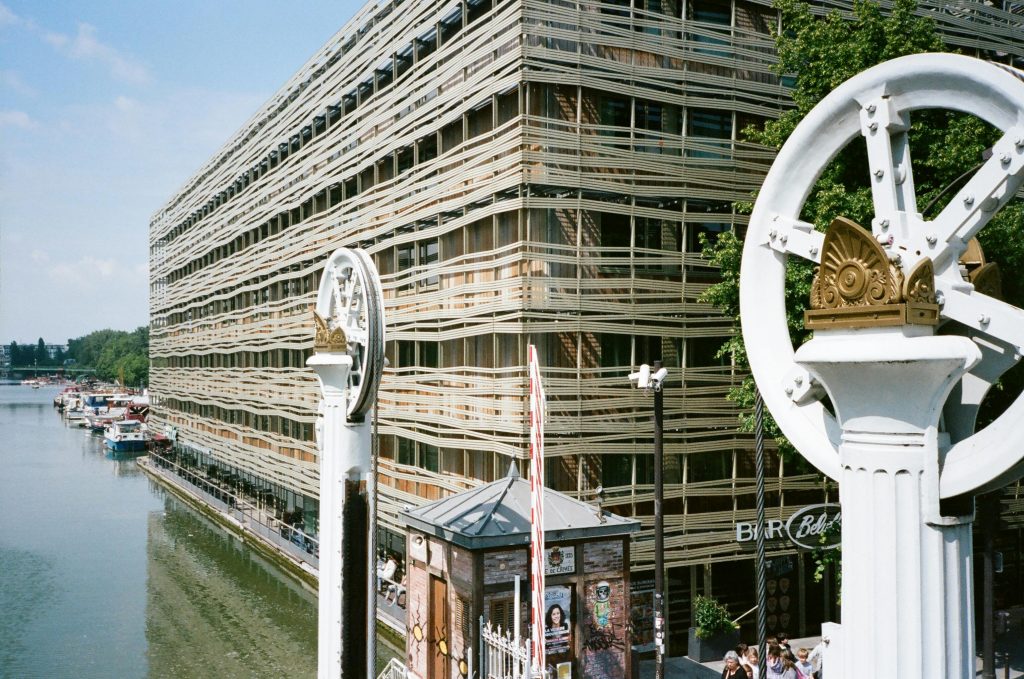Troubleshooting a Nvidia 3060: A Frustrated IT Professional’s Journey
As an IT professional, it can be disheartening when you encounter a problem that seems to defy resolution. Recently, I purchased a pre-owned laptop from my company, equipped with a Nvidia 3060 graphics card that had been performing flawlessly for the first two weeks. However, things took a turn for the worse just a few days ago when the GPU stopped functioning.
In my quest to restore the laptop’s performance, I’ve undertaken a series of diagnostics and fixes, including:
- Reinstalling the graphics drivers
- Performing BIOS updates
- Reverting both BIOS and Windows updates
- Uninstalling drivers and downgrading to previous versions
- Reinstalling Windows and reverting to earlier iterations
Despite these efforts, while the graphics card appears in the device manager without issue, it’s still not recognized by any applications. I’m reaching out to the community for insight—has anyone faced a similar challenge, or do you have any suggestions for further troubleshooting?
Your expertise could be invaluable as I navigate this frustrating situation. Thanks in advance for any assistance you can provide!
Share this content:




Hi,
It sounds like you’ve already performed extensive troubleshooting steps, which is great. Since the Nvidia 3060 appears in Device Manager but isn’t recognized by applications, the issue could be related to the GPU’s driver configuration, conflicting software, or hardware acceleration settings.
Here are some additional steps you might consider: